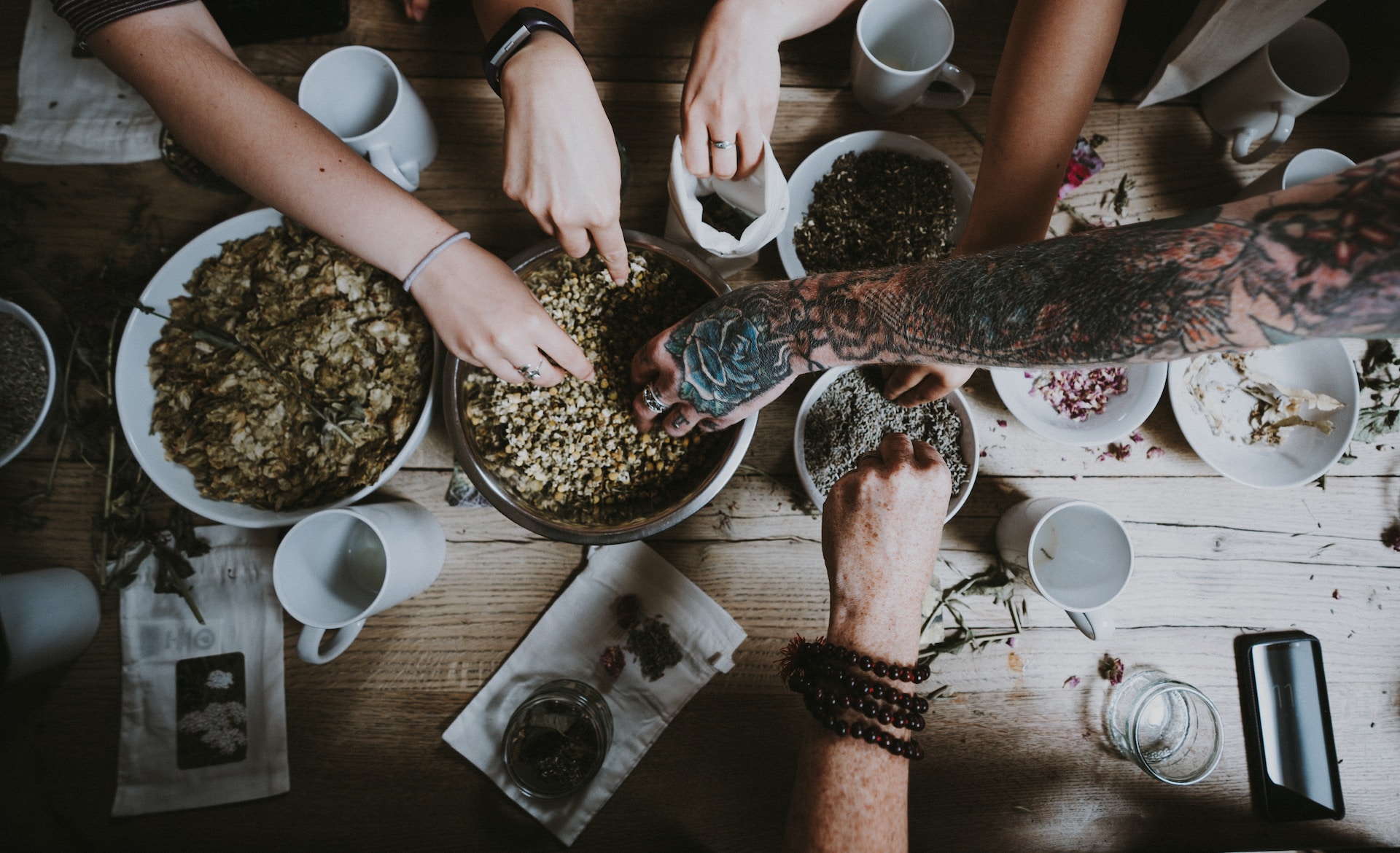Introduction:
Food is not only a source of nourishment but also a powerful reflection of our identity and culture. The choices we make in the kitchen and at the dining table speak volumes about who we are and where we come from. In this reflective review, we delve into the fascinating connection between food and identity, exploring how our culinary preferences, traditions, and experiences shape and define us.
- Cultural Heritage on the Plate:
Cuisine is an integral part of our cultural heritage. The flavors, ingredients, and cooking techniques passed down through generations reflect our history and the diverse tapestry of our ancestors. From the spices of India to the traditional dishes of Italy, each bite carries the essence of a people, connecting us to our roots and preserving our cultural identity.
- Family Recipes and Personal Stories:
Within families, cherished recipes are treasured heirlooms that bridge the gap between generations. These culinary creations hold not only the taste of home but also the stories of our ancestors. As we prepare and share these recipes, we pay homage to our heritage and keep alive the memories and traditions of those who came before us.
- Fusion and Innovation:
In today’s multicultural world, our culinary identities are no longer confined to a single tradition. Fusion cuisine and culinary innovation have led to exciting blends of flavors and techniques, reflecting our evolving identities and the diverse influences we encounter. Through the fusion of culinary traditions, we create new narratives that celebrate our openness to new experiences and our willingness to explore different cultures.
- Regional and Local Pride:
Food plays a crucial role in defining regional and local identities. From the deep-dish pizza of Chicago to the seafood gumbo of Louisiana, each region boasts its unique culinary specialties that are deeply intertwined with its cultural fabric. By embracing and celebrating these local dishes, we not only showcase regional pride but also contribute to the preservation of culinary diversity.
- Food and Social Identity:
Our food choices also contribute to our social identity, as they often reflect our values, beliefs, and lifestyle choices. Whether we adhere to a specific diet, such as veganism or vegetarianism, or prioritize sustainable and ethical food practices, our food choices become a statement of who we are and what we stand for. They can spark conversations, forge connections, and create communities centered around shared values.
- Culinary Experiences and Travel:
Exploring different cuisines through travel provides us with a unique opportunity to expand our culinary horizons and gain a deeper understanding of other cultures. Tasting local dishes, engaging with street food, and dining in traditional eateries offer insights into the customs, traditions, and way of life of a particular place. These culinary experiences not only broaden our palate but also enrich our understanding of the world and our place in it.
- Food as a Catalyst for Connection:
Food has the remarkable ability to bring people together, transcending cultural and linguistic barriers. Whether it’s a shared meal with family and friends, a potluck gathering, or a festive celebration, the act of breaking bread fosters connection, dialogue, and a sense of community. Food becomes the common ground where relationships are formed, stories are shared, and memories are made.
Conclusion:
Food serves as a mirror that reflects our identity, heritage, and values. From the flavors of our cultural traditions to the innovative fusions we embrace, each culinary choice contributes to the tapestry of who we are. By understanding and embracing the connections between food and identity, we can develop a deeper appreciation for the diverse culinary world and the richness it brings to our lives. Let us savor the flavors of our collective heritage and continue to explore the multifaceted nature of food as a mirror of our identity.




